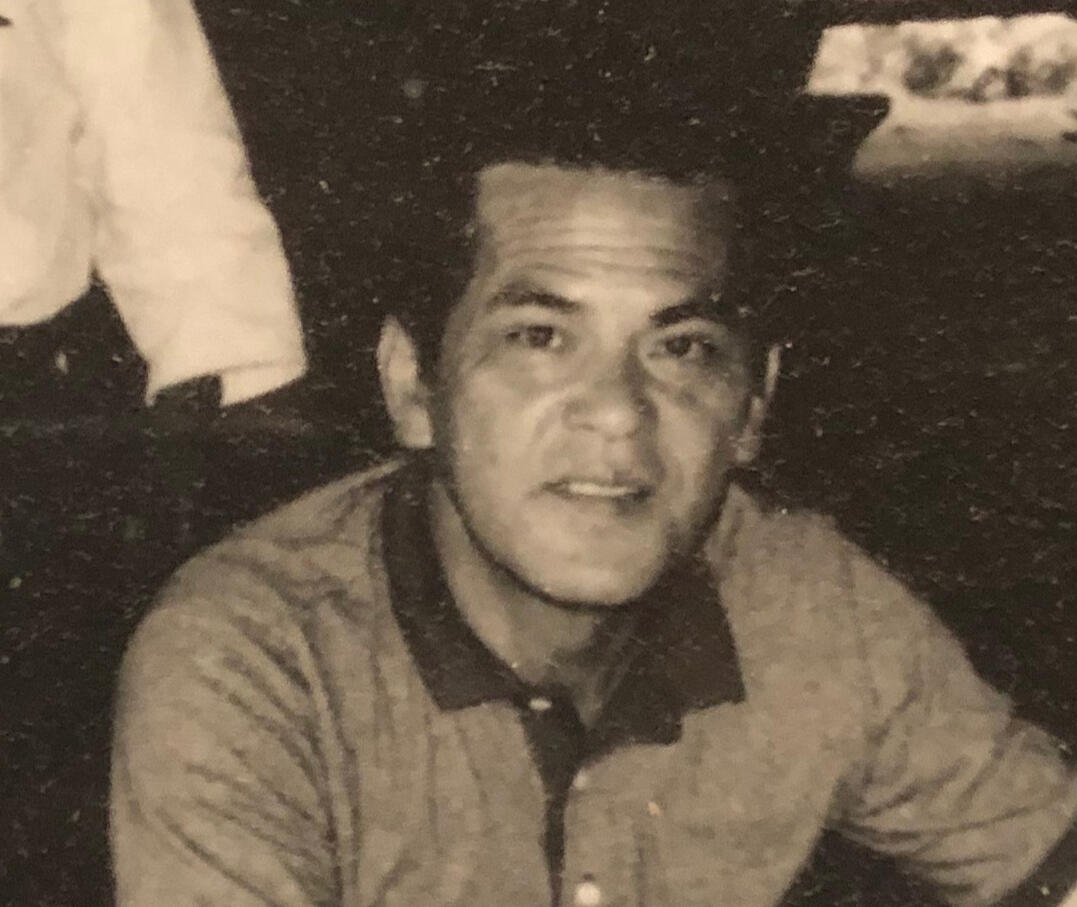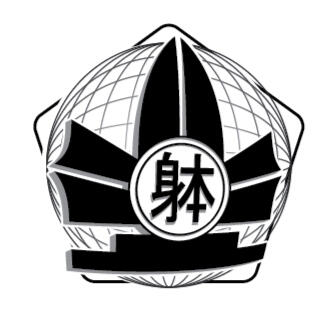Taido: Traditional Japanese Martial Art
Overview of Taido
Budo for the Modern Age
Taido is a martial art designed to promote creativity and cooperation.
In Japan, Gendai Budo are modern martial arts with a focus on developing the individual practitioner rather than simply transferring techniques. Instead of creating warriors, Gendai Budo aim to create citizens.Taido emphasizes teamwork and creation of new techniques.

Taido was created in 1964 by Seiken Shukumine, who had previously founded the Genseiryu school of karate. A native of Okinawa, he survived deployment in World War Two and dedicated himself to teaching peaceful applications of traditional Budo in modern society.
Basic Characteristics of Taido
Taido is characterized by two main factors: use of footwork and acrobatic movements, change of the body axis for simultaneous attack and defense. You can see examples in all three categories of Taido practice and competition: Hokei, Jissen, and Tenkai.
法型 - Hokei: Technical Foundation
Hokei contain Taido's basic techniques and are analogous to kata in Karate.
実戦 - Jissen: Application
Jissen is Taido's free sparring combative game. In jissen, it's not enough to simply hit the opponent; you must also demonstrate excellent technique and body movement.
展開 - Tenkai: Technical Development
Tenkai is a creative opportunity to train and demonstrate challenging new ideas that might not be practical in jissen.
What is Taido really about?
Learn more about Taido's unsoku (footwork), unshin (acrobatics), and five techniques: sentai, untai, hentai, nentai, and tentai.
💌 Get Details on Taido News & Events
World Taido Federation Mailing List
Taido is a Japanese martial art created in 1965 by Seiken Shukumine (1925-2001). Shukumine believed that traditional martial arts, particularly karate, were not adapting to the needs of a changing world. As a result, he developed a new martial art called Taido, which incorporates advanced footwork and 3-dimensional movement of the body axis. The word "Taido" translates to "the Way of Mind and Body," reflecting the art's focus on both mental and physical development.Influence of Okinawan KarateTaido's founder, Seiken Shukumine, initially developed a style of karate called Genseiryū around 1950, which laid the foundation for Taido. Rooted in Okinawan karate, Taido incorporates various elements from it while also integrating innovative techniques, such as body tilting, evasion maneuvers, and Unsoku (dynamic footwork). The emphasis on creativity and adaptation in Taido helps to keep the art relevant and evolving.As it continues to grow, Taido has inspired students and practitioners around the world. By focusing on adaptability and the development of new techniques, Taido remains a unique and dynamic martial art, offering an engaging way for people to connect with their mind and body.Taido is a unique martial art that emphasizes the use of dynamic body movements and creativity. The core principles of Taido include keeping the mind clear and calm to see the heart of things, maintaining a composed state, and uniting the body and mind as one. This holistic approach to training enables practitioners to develop a deep understanding of their martial art and avoid confusion in both practice and application.Global Taido OrganizationsThe World Taido Federation unites national Taido organizations globally, allowing each nation to maintain its sovereignty while adhering to a unified framework.International CompetitionsTaido practitioners regularly participate in international tournaments, which foster camaraderie and facilitate the exchange of knowledge among athletes. Member organizations of the World Taido Federation contribute to the development of these events, ensuring they meet international standards for fair and equitable competition.By participating in these international events, athletes gain valuable experience and enhance their skills in Taido—strengthening not only their abilities but also the bonds among global Taido practitioners.Frequently Asked QuestionsWhat are the basic techniques in Taido?In Taido, the basic techniques are based on dynamic body movements, which include tilting the body axis to avoid incoming attacks while simultaneously generating energy for a counterattack. The footwork, known as Unsoku, is used to adjust distance and position during combat. Taido also incorporates aerial and ground techniques, evasion maneuvers, and gymnastics.How does Taido differ from Taekwondo?While both Taido and Taekwondo are martial arts, they have distinct differences. Taido is a Japanese martial art created in 1965, with its roots in traditional Okinawan karate. It emphasizes advanced footwork, 3-dimensional body movements, and dynamic techniques. Taekwondo, on the other hand, is a Korean martial art that focuses on high, fast kicks and jumping and spinning techniques. It's often considered more sports-oriented compared to Taido.Can you recommend some Taido books for beginners?Unfortunately, there are limited resources available in English regarding Taido. However, online video tutorials, blogs, and forums dedicated to Taido can offer valuable insights for beginners. It's also recommended to find a local Taido dojo or school where beginners can receive direct instruction from experienced practitioners.What are the key elements of Taido kata?Taido kata, or forms, are sequences of prearranged movements and techniques practiced by martial artists. The key elements in Taido kata include dynamic body movements, accurate footwork (Unsoku), and proper execution of the techniques. The purpose of kata is to help students refine their techniques and develop a deeper understanding of the underlying principles of the art.What is the purpose of Taido stances?Taido stances serve as the foundation for executing techniques effectively. They provide balance, stability, and mobility, allowing practitioners to generate power and respond to attacks efficiently. Each stance is designed to facilitate specific movements and transitions that are essential in combat situations.How does Taido compare to Capoeira in terms of movement?Taido and Capoeira both emphasize fluid, dynamic movements and the use of acrobatic techniques. However, Taido incorporates its unique 3-dimensional movement of the body axis, advanced footwork, and distinct evasion maneuvers. Capoeira, an Afro-Brazilian martial art, focuses more on dance-like movements, using rhythm and music as essential components during practice. While they share some similarities, each martial art has its own distinctive techniques and principles.
💌 Get Details on Taido News & Events
World Taido Federation Mailing List
© 2023 Taido.com
